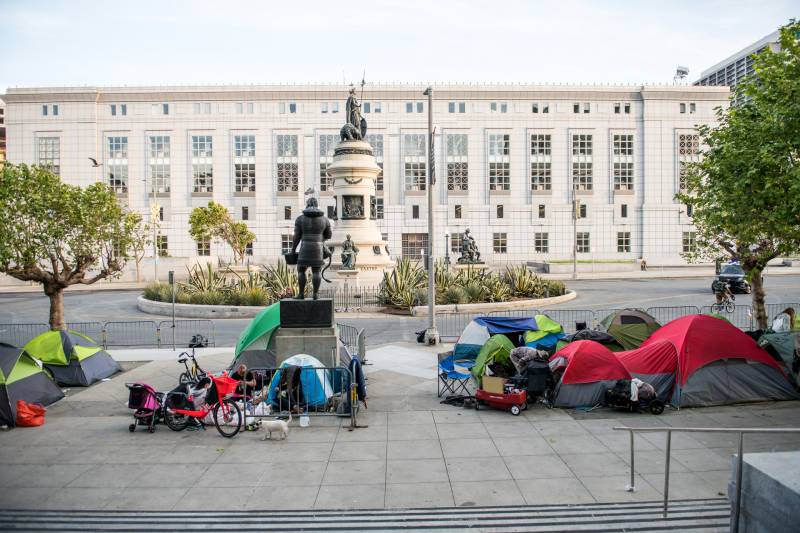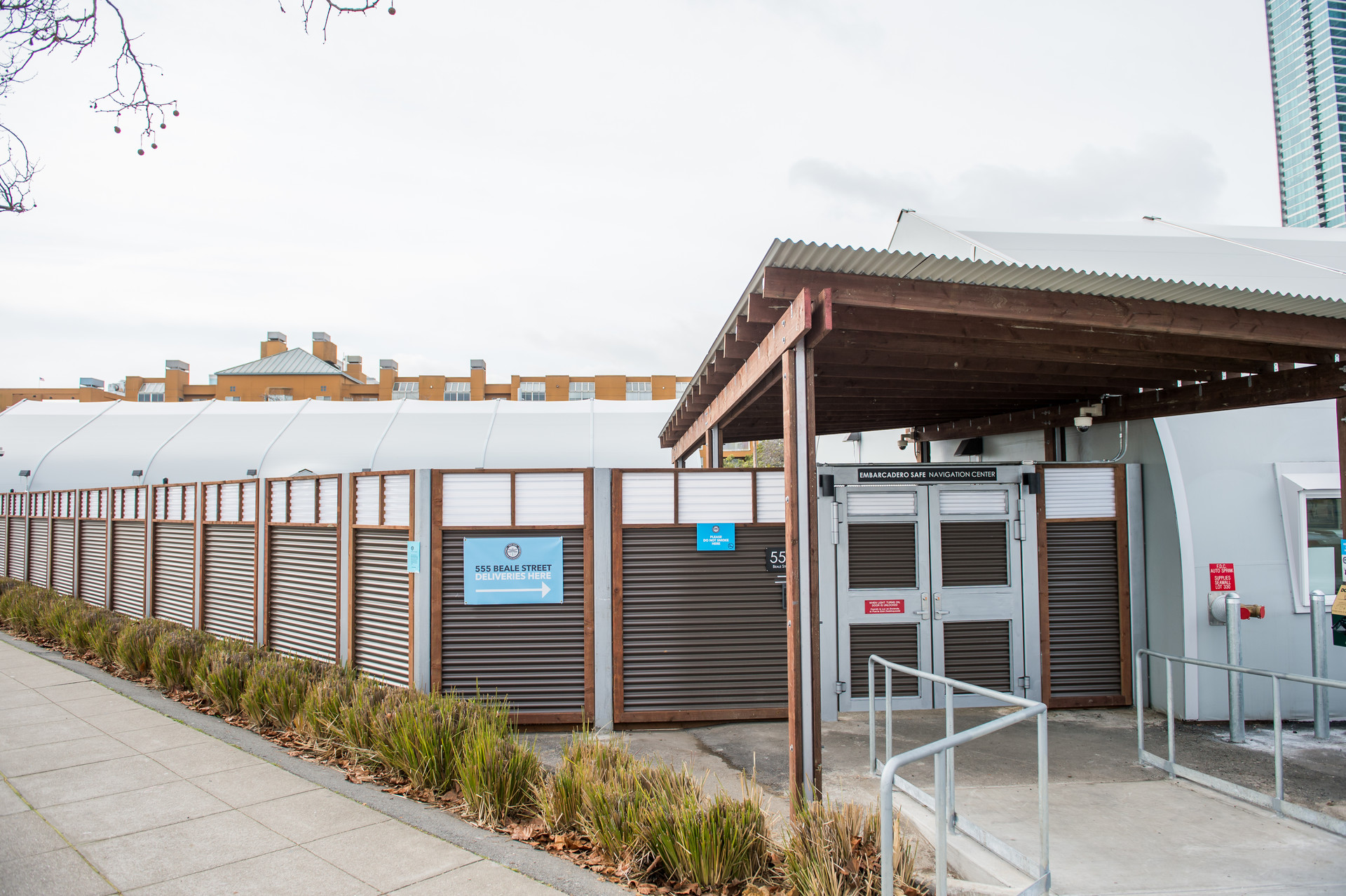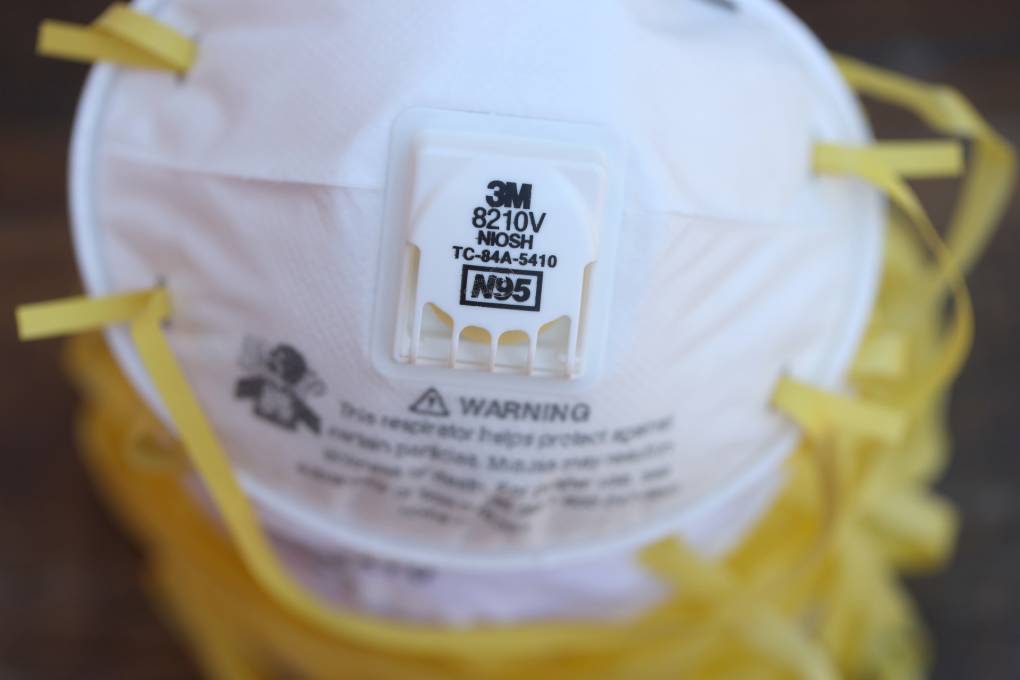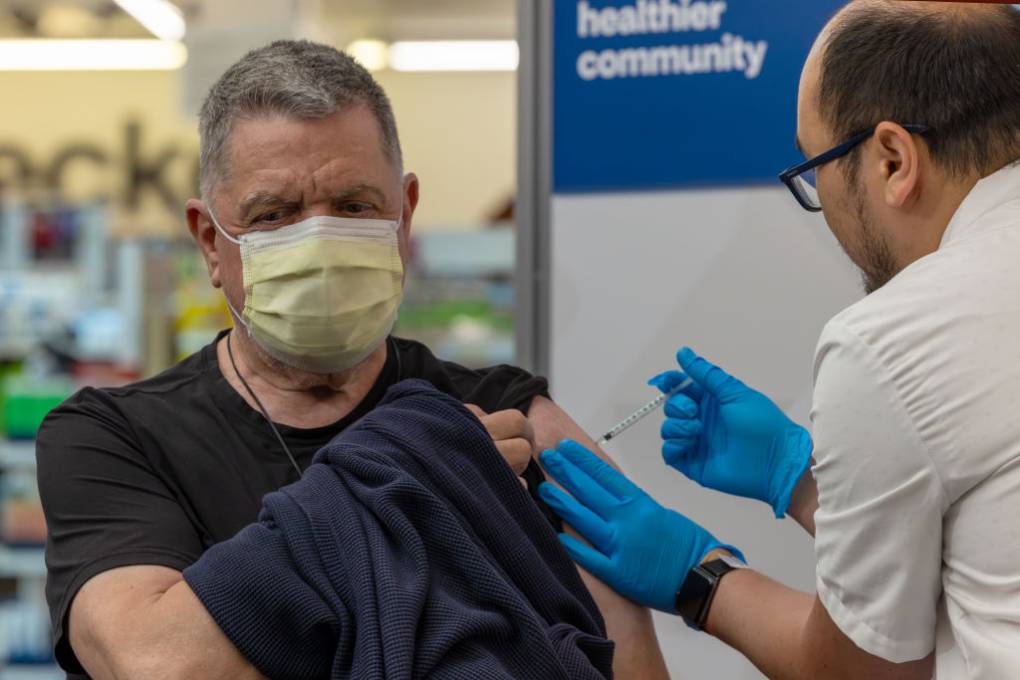With coffee shops, gyms and libraries closed due to the city’s shelter-in-place measures, Friedenbach said homeless people have been cut off from resources they depend on for survival. Just having a place to charge your phone safely could be a lifesaver during a medical emergency.
Friedenbach believes the numbers of homeless deaths are still an undercount. She wants the city to provide more COVID-19 testing to unsheltered people and act faster to house them in available hotel rooms.
“The fact that we have thousands of hotel rooms empty and people are dying on the streets is a travesty,” Friedenbach said.
So far, San Francisco has moved more than 1,200 homeless people into hotel rooms during the pandemic, but only people who have tested positive, are older or have underlying health conditions.
Meanwhile, more tent encampments have sprung up, especially in the city’s Tenderloin neighborhood, which saw a 285% increase during the pandemic. Earlier this month, a group of residents and businesses, including UC Hastings College of the Law, filed a federal lawsuit demanding the city address worsening conditions in the neighborhood. Soon after, the city unveiled a plan that included moving people to sanctioned camping sites.
Public health data showed most of the deaths this spring were of unsheltered people living on the streets. Five occurred in shelter-in-place hotels, and at least three of those were likely from drug overdoses. A higher concentration of deaths were centered in the Tenderloin.
“It’s tragic,” said San Francisco Supervisor Matt Haney, whose district includes the Tenderloin. “I believe many of these deaths were preventable. This pandemic creates dangerous, even deadly, conditions for people who cannot shelter in place.”
Because of the outbreak at MSC-South, two of the people who died recently were tested for COVID-19 and were found to be positive. But officials say the two seem to have died from other causes.
“It’s certainly not what I was expecting,” Zevin said. “I was expecting a tidal wave. I had every reason to think that we would be mourning many, many people experiencing homelessness who died of COVID-19, but we’ve had very few get sick and vanishingly few, if any, who died.”




